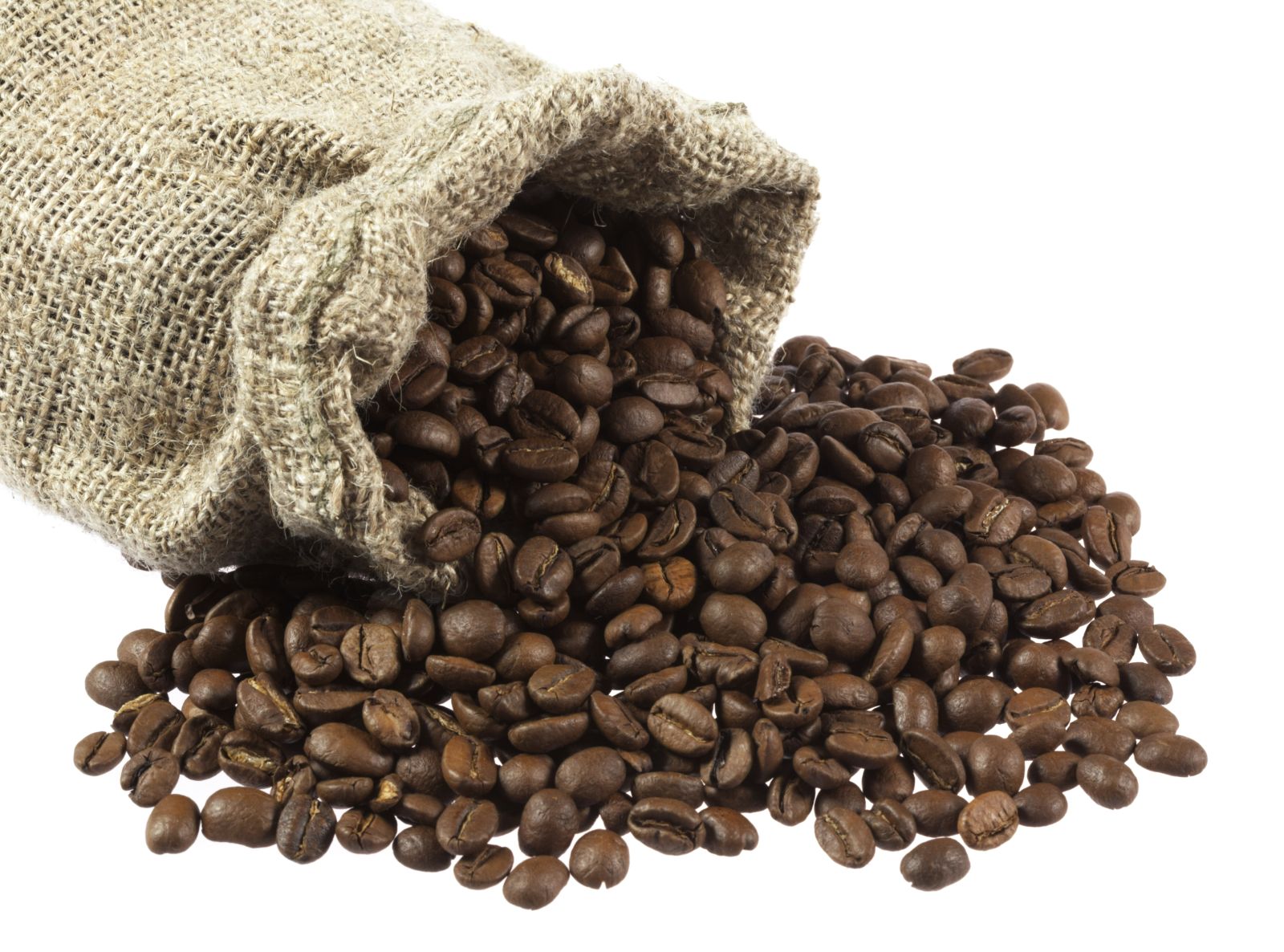
December arabica coffee (KCZ24) Friday closed down -7.05 (-2.71%), and January ICE robusta coffee (RMF25) closed down -110 (-2.45%).
Coffee prices sold off Friday and gave back more than half of Thursday's sharp rally. Signs of larger global coffee supplies are weighing on prices after the International Coffee Organization (ICO) on Friday reported that global coffee exports in Sep rose +25% y/y to 10.76 mln bags and that exports from Oct-Sep rose +11.7% y/y to 137.27 mln bags.
On Thursday, arabica rallied to a 3-week high and robusta posted a 1-week high on concern that abnormally dry conditions in Brazil could curb its coffee production. Somar Meteorologia reported Monday that rainfall in Brazil's biggest arabica coffee growing area of Minas Gerais received 27.4 mm of rain last week, or only 64% of the historical average. Minas Gerais is Brazil's largest arabica coffee-producing area.
Robusta coffee also has support from concern that heavy rain in Vietnam will flood coffee fields. Vietnam's National Center for Hydro-Meteorological Forecasting and the Central Highlands' weather office said Thursday that Vietnam's Central Highlands, the country's main coffee-producing region, will receive heavy rains through the end of this week. Vietnam, the world’s biggest robusta producer, is at the start of its coffee harvest.
Coffee prices have underlying support from concern about longer-term coffee crop damage due to Brazilian drought conditions. Rainfall in Brazil has consistently been below average since April, damaging coffee trees during the all-important flowering stage and reducing the prospects for Brazil's 2025/26 arabica coffee crop. Brazil has been facing the driest weather since 1981, according to the natural disaster monitoring center Cemaden.
Robusta coffee prices are underpinned by reduced robusta production. Vietnam's agriculture department said on March 26 that Vietnam's coffee production in the 2023/24 crop year dropped by -20% to 1.472 MMT, the smallest crop in four years, due to drought. The USDA FAS on May 31 projected that Vietnam's robusta coffee production in the new marketing year of 2024/25 will dip slightly to 27.9 million bags from 28 million bags in the 2023/24 season. On Wednesday, Vietnam's General Statists Office reported that Vietnam's October coffee exports rose +1.5% y/y to 44,000 MT and that Vietnam's Jan-Oct coffee exports fell -11.2% y/y to 1.15 MMT.
In a supportive factor for coffee prices, Conab, Brazil's crop forecasting agency, cut its 2024 Brazil coffee production forecast on September 19 to 54.8 million bags from May's forecast of 58.8 million bags.
Tightness in coffee inventories is supporting coffee prices. ICE-monitored arabica coffee inventories earlier this year partially recovered from the 24-year low of 224,066 bags posted in November 2023 to post a 1-1/2 year high of 863,440 bags on Tuesday. Meanwhile, ICE-monitored robusta coffee inventories fell to a 6-1/4 month low of 3,857 lots Friday after climbing to a 1-3/4 year high of 6,521 lots in July. ICE-monitored robusta coffee inventories are moderately above the record low of 1,958 lots posted in February 2024.
Brazilian coffee export news has been bearish. Cecafe reported on October 9 that Brazil's Sep green coffee exports rose +34% y/y to 4.1 million bags. Also, Cecafe reported on July 11 that Brazil's 2023/24 coffee exports rose +33% y/y to a record 47.3 million bags.
In a bearish factor, the International Coffee Organization (ICO) last month projected that 2023/24 global coffee production would climb +5.8% y/y to a record 178 million bags due to an exceptional off-biennial crop year. ICO also said global 2023/24 coffee consumption would climb +2.2% y/y to a record 177 million bags, resulting in a 1 million bag coffee surplus.
The USDA's bi-annual report on June 20 was bearish for coffee prices. The USDA's Foreign Agriculture Service (FAS) projected that world coffee production in 2024/25 will increase +4.2% y/y to 176.235 million bags, with a +4.4% increase in arabica production to 99.855 million bags and a +3.9% increase in robusta production to 76.38 million bags. The USDA's FAS forecasts that 2024/25 ending stocks will climb by +7.7% to 25.78 million bags from 23.93 million bags in 2023/24. The USDA's FAS projects that Brazil's 2024/25 arabica production would climb +7.3% y/y to 48.2 mln bags due to higher yields and increased planted acreage. The USDA's FAS also forecasts that 2024/54 coffee production in Colombia, the world's second-largest arabica producer, will climb +1.6% y/y to 12.4 mln bags.
On the date of publication, Rich Asplund did not have (either directly or indirectly) positions in any of the securities mentioned in this article. All information and data in this article is solely for informational purposes. For more information please view the Barchart Disclosure Policy here.


!["[T]he First and Fifth Amendments Require ICE to Provide Information About the Whereabouts of a Detained Person"](https://images.inkl.com/s3/publisher/cover/212/reason-cover.png?w=600)



